On this date 100 years ago, Congress passed the National Defense Act, making the U.S. Army Air Service an autonomous part of the regular Army. This would be a huge step in the evolution of what is today’s Air Force.
★ ★ ★
AUG. 1, 1907
A new aeronautical division of the U.S. Army Signal Corps is created to take charge of military ballooning and “air machines.” By December, the division will have placed an order for military aircraft.
May 19, 1908
Lt. Thomas Selfridge takes off in the “White Wing,” becoming the first officer to fly solo. Four months later, he would become the first military airplane accident casualty when he crashed after a propeller split and broke a wire supporting the rudder, sending his plane into a nosedive.
Aug. 2, 1909
The first U.S. military airplane is delivered for $25,000 – plus a $5,000 bonus because it’s able to fly faster than 40 miles per hour.
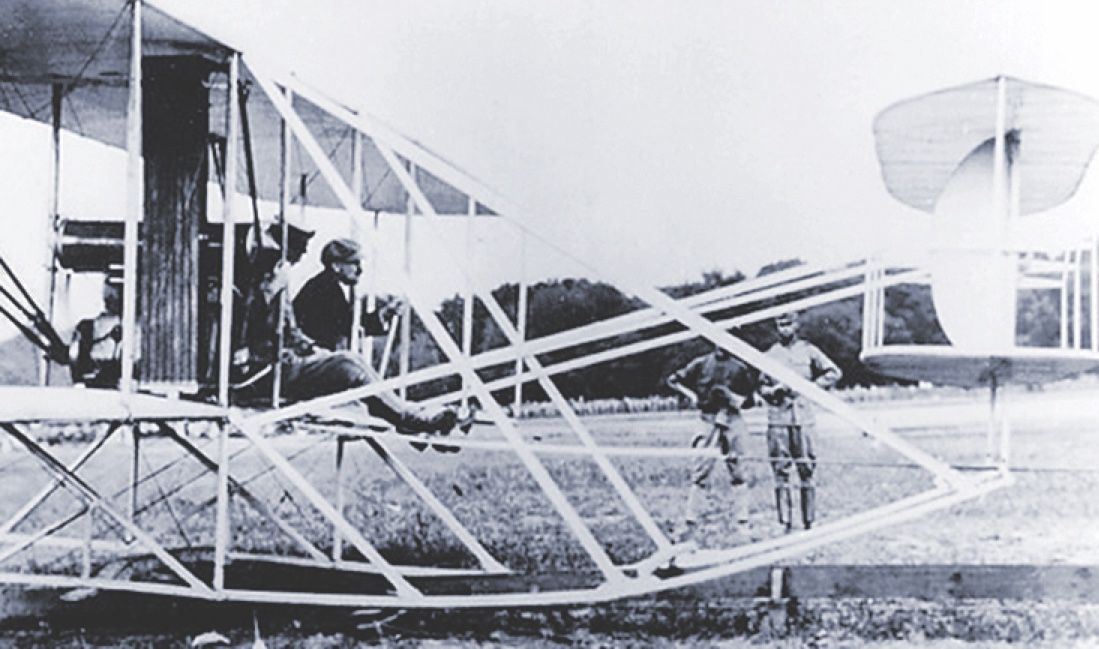
Jan. 19, 1910
Lt Paul Beck tests the feasibility of aircraft bombing missions when he drops three two-pound sandbags over a target from a Farman airplane.
March 19, 1910
The Wright Flying School opens in Montgomery, Alabama. The site would later become Maxwell Air Force Base.
Aug. 20, 1910
Lt. Jacob Fickel fires a rifle from a Curtiss biplane, becoming the first U.S. military member to shoot a firearm from an airplane.
July 18, 1914
Congress authorizes the creation of a Section within the U.S. Army Signal Corps devoted to aviation. One of the downsides: The law restricts members of the section to unmarried lieutenants under the age of 30. A number of existing pilots have their pay reduced. The Aviation Section consists of 19 officers and 101 enlisted men.

March 11, 1918
Lt. Paul Baer becomes the first pilot with an American squadron to shoot down an enemy airplane when he pursues a group of seven enemy fighters over Reims, France.

May 24, 1918
Because of its inefficiency in mobilizing for deployment in Europe, the War Department rips the Aviation Section away from the Signal Corps and makes it an independent organization within the U.S. Army: The U.S. Army Air Service.

Aug. 10, 1918
The First Army Air Service is organized in Ligny-en-Barrois, France, as part of the U.S. First Army. Most American air combat units will be assigned to it. It’ll be demobilized the following April.
Oct. 30, 1918
Capt. Edward Rickenbacker shoots down his 26th enemy aircraft – a balloon – near Remonville, France. He’ll finish the war with 21 airplanes and five balloons on his record, making him the highest-ranking U.S. ace of the Great War.
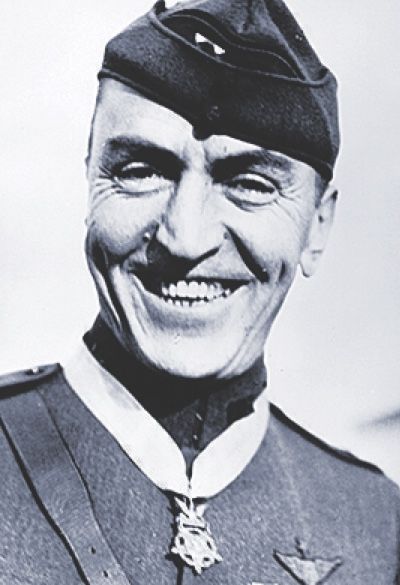
June 4, 1920
Congress passes the National Defense Act – or Kahn Act – reorganizing the U.S. Army. One of its provisions is to make the Army Air Service a “combatant army of the line,” third in size within the U.S. Army, behind the Infantry and Artillery – basically, this makes Wilson’s 1918 executive orders permanent. The following summer, military aviation pioneer Billy Mitchell will be appointed brigadier general, retroactive, to July 2, 1920, and most senior of all Air Service branch officers.
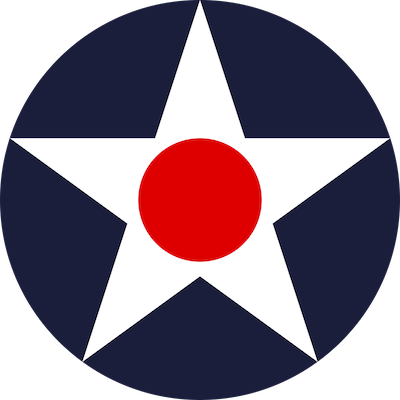
Oct. 28, 1925
Mitchell, who has angered other military branches with his strong support of the development of air power, is court-martialed after issuing a statement that senior Army and Navy leaders are guilty of incompetence and “almost treasonable administration of the national defense.” The seven-week trial will receive great publicity and – despite the court’s finding his accusations are immaterial to the charge – will result in a guilty verdict. Mitchell will resign from the Air Service.
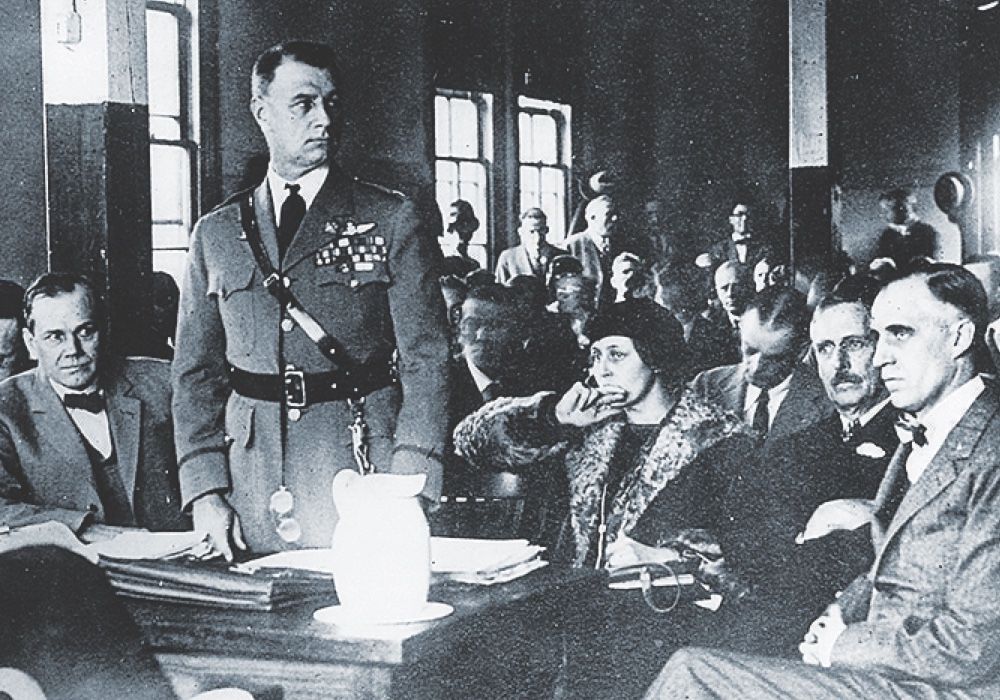
July 2, 1926
In order to give the army’s Air Service its own command structure and to break it away from the more traditional thinking and political infighting of army leaders – essentially, what Mitchell had been fighting against – the Army Air Service is reorganized again. As a compromise to those who want the Air Service to be its own military branch, Congress renames it the U.S. Army Air Corps.
June 20, 1930
Randolph Field in San Antonio, Texas, officially opens for pilot training. It’ll become known as the “West Point of the Air.”
Sept. 21, 1938
Air Corps chief Maj. Gen. Oscar Westover is killed in an air crash in Burbank, California. Eight days later, President Franklin Roosevelt appoints Gen. Henry “Hap” Arnold – who had learned to fly in 1911 from the Wright brothers themselves – chief of the Air Corps.
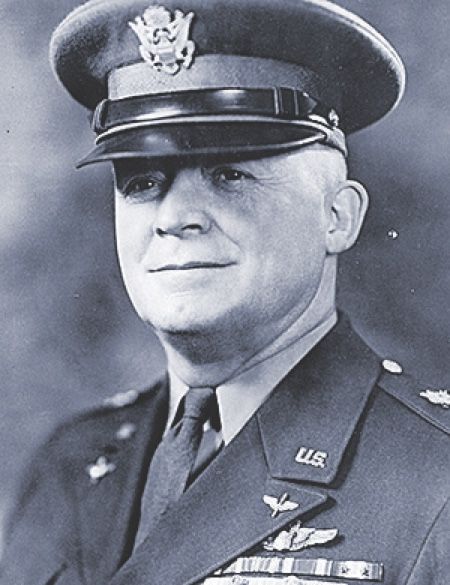
June 20, 1941
The War Department grants more autonomy to the Army’s air arm, creating the U.S. Army Air Force. It’s still an arm of the Army, but will operate somewhat separately – like the Marine Corps does with the Navy. Arnold is retained as chief. After Pearl Harbor, Arnold will be granted a seat on the Joint Chiefs of Staff.
April 18, 1942
Col. “Jimmy” Doolittle leads 16 B–25s on a bombing mission over Tokyo – the first U.S. air raid on Japan. It becomes known as the Doolittle Raid.

Dec. 27, 1942
Flying a P–38 against the Japanese, Lt. Richard Bong scores his first two aerial victories. By the end of the war, he will have shot down 40 enemy aircraft, making him the all-time top U.S. ace.

Sept. 14, 1944
Col. Floyd B. Wood, Maj. Harry Wexler and Lt. Frank Reckord became the first crew to fly into a hurricane in order to collect scientific data.
Aug. 6, 1945
Col. Paul Tibbets and his crew drops the first atomic bomb on Hiroshima, Japan. Three days later, a second one would be dropped on Nagasaki.
Sept. 18, 1947
The National Military Establishment – not yet called the Department of Defense – is reorganized to include three separate departments: The Army, the Navy and the Air Force. W. Stuart Symington is sworn in as the first secretary of the Air Force. A week later, President Harry Truman appoints Gen. Carl A. Spaatz to be the first Air Force Chief of Staff.

Oct. 14, 1947
Capt. Charles E. “Chuck” Yeager breaks the sound in the Bell X-1, a rocket-powered research plane.
June 26, 1948
In response to a blockade of Berlin by the Soviet Union, allied forces launch the largest humanitarian airlift in history delivering coal and food to sustain the city.
June 8, 1953
The Air Force Thunderbirds perform for the first time at Luke Air Force Base in Arizona.
June 3, 1959
The Air Force Academy graduates its first class of 207 cadets.
July 1, 1961
The Air Force’s North American Air Defense Command begins systematically detecting, tracking and cataloging man-made objects in space.
April 27, 1994
The Air Force officially declares the satellite network that makes up the Global Positioning System fully operational.
Aug. 18, 2009
The 24th Air Force is activated at Lackland Air Force Base in Texas to oversee the Air Force’s new mission of oversight of cyber defense.
